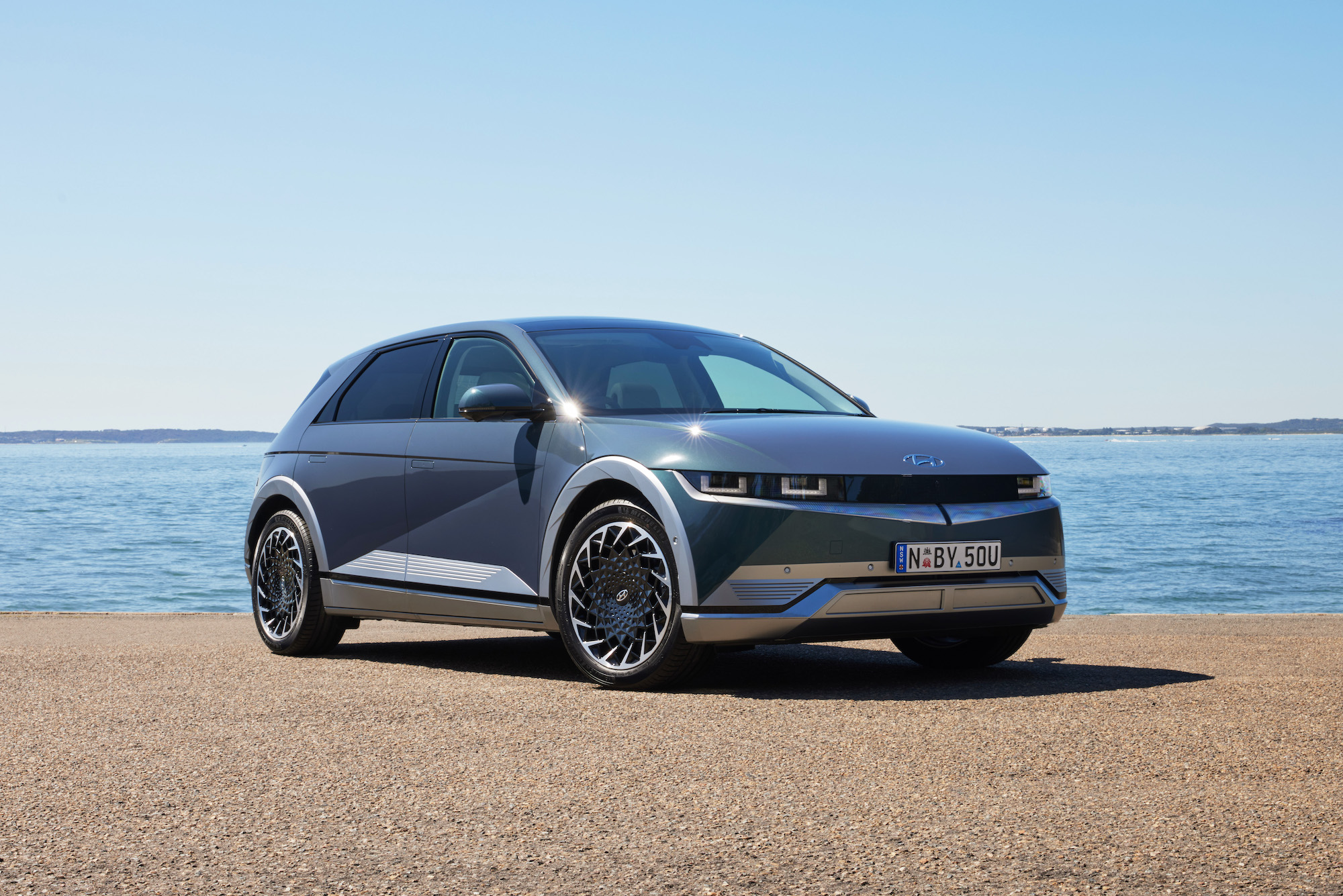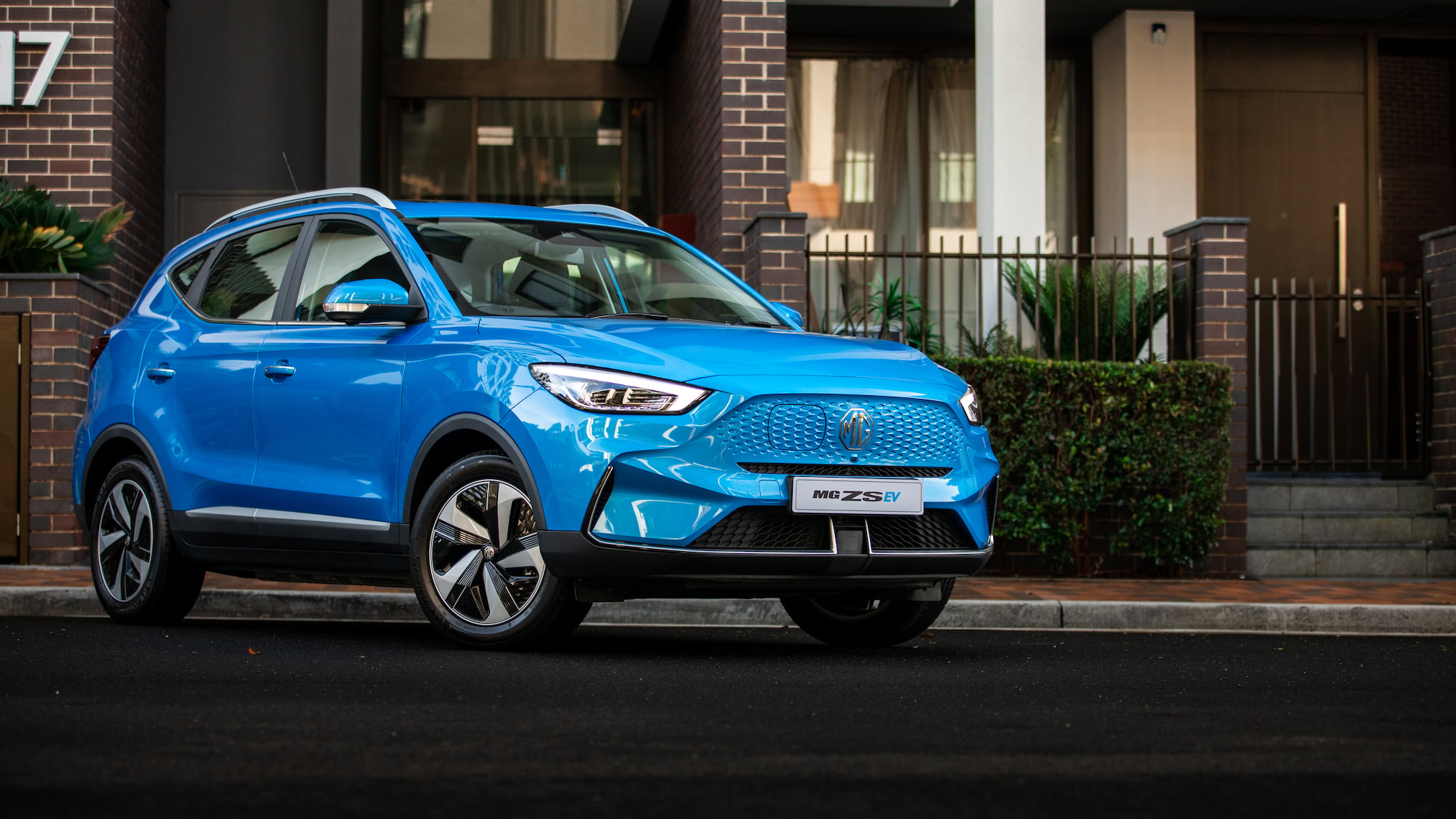
Is Now the Right Time to Ditch Petrol and Make Your Next Car Electric?

Most of us know someone who has bought an EV and is extremely happy with their purchase – driving something sleek, with the added benefit of occupying the moral high ground. Despite the obvious upsides, there are some genuine questions that the rest of us need answered before getting on board.
Here we take a quick look at the issues of price, incentives, finance and charging to inform your opinion of whether now is the right time to make the switch.
The Low Down on EVs
A couple of years ago, you’d be forgiven for thinking EVs were over-hyped and way too expensive for just going to the shops and not much else. As technology has improved, we’ve seen prices come way down and the range of cars go way up. The MG ZS EV (yes, that’s what it’s called) has a 320km range and a price tag of $44,990 plus on-road costs. The sleek and sexy Hyundai Ioniq 5 has an impressive 451km range and was so popular its latest batch of 200 sold out within minutes.

Many more models are set to enter the market in 2023 and this will provide greater variety. Once supply issues are finally ironed out the trickle of new EVs should become a flood.
Incentives for taking up EVs
The NSW Government is falling all over themselves to upgrade the state car fleet to electric; they’re hoping 50% of all car sales will be electric by 2030. Right now, we’re on about…what’s that? 1.6%? It’s clear we still have some way to go.
For instance, the government is offering $3,000 rebates for the first 25,000 new battery electric and hydrogen fuel cell vehicles if they have a stamp duty valuation of less than $68,750. Other states like Victoria and Queensland are doing something similar – though the ACT has the most incentives and sweeteners available as of the time of writing.
You can also finance an EV for less than a petrol-driven car. A car loan for an electric vehicle will have lower interest rates and fees compared with the same loan term and amount for an equivalent petrol-driven car. Lenders typically limit EV car loans to new vehicle purchases, though this isn’t such an issue considering most people will be buying new anyway.

Charging Your Vehicle
Besides initial purchase price, another main factor holding people back from going electric is convenience of charging.
For those of us who don’t have the option of charging at home, then reliable access to public chargers is a must. If you’re looking for public charging stations, you can download the PlugShare app or visit the website to see what’s available in your area.
Charging time is still an issue and requires some forethought and planning, though it’s more about changing behaviour and learning to fit it in around other tasks. While traditional petrol vehicles are still more convenient to refuel, fast chargers of 50kW+ (that means adding about 50km of range in ten minutes) are set to come online within the next few years, which means the convenience gap is shrinking. Numbers of the even rarer superchargers (350kW) are set to grow too.
Will you go Electric?
With costs coming down, finance being cheaper, and charging stations becoming more prevalent, it seems like converting from ICE to EVs makes more sense than ever.








